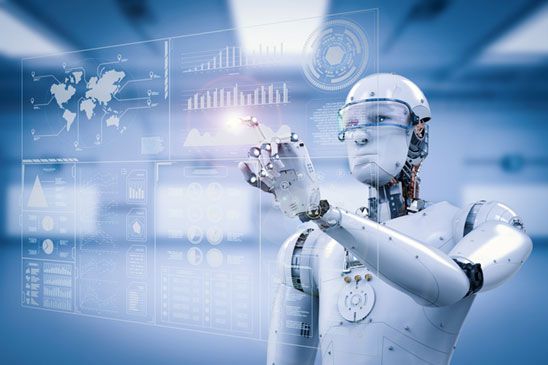Artificial Intelligence (AI) has played a significant role in the development of robotics and automation. The ability of machines to learn, reason, and adapt to new situations has made them increasingly useful in a wide range of applications. In this blog post, we will explore the role of AI in robotics and automation and its potential to transform various industries.
What is Artificial Intelligence?
Artificial Intelligence is a field of computer science that focuses on creating machines that can perform tasks that typically require human intelligence, such as learning, reasoning, and problem-solving. AI algorithms can analyze large amounts of data, identify patterns, and make predictions based on that data.
The Role of AI in Robotics and Automation
AI has been a game-changer in the field of robotics and automation. With AI, machines can perform tasks that were previously impossible, such as recognizing speech, identifying objects, and understanding natural language. This has led to the development of advanced robotics and automation systems that can perform complex tasks with a high degree of accuracy and precision.
One of the primary benefits of AI in robotics and automation is the ability to improve efficiency. Machines can perform tasks faster and more accurately than humans, and they can work continuously without getting tired or making mistakes. This has led to increased productivity and reduced labor costs in many industries.
Another benefit of AI in robotics and automation is the ability to enhance safety. Machines can perform dangerous or hazardous tasks, such as working in high temperatures or handling toxic materials, without putting human workers at risk. This has led to improved safety in industries such as manufacturing, construction, and mining.
AI also has the potential to transform various industries, including healthcare, transportation, and agriculture. In healthcare, AI-powered robots can perform surgeries with a high degree of precision, while in transportation, autonomous vehicles can reduce the risk of accidents and improve traffic flow. In agriculture, robots can perform tasks such as planting, harvesting, and spraying crops, leading to increased efficiency and reduced labor costs.
Challenges and Limitations
Despite the numerous benefits of AI in robotics and automation, there are also some challenges and limitations. One of the main challenges is the lack of transparency and explainability of AI algorithms. This makes it difficult to understand how machines make decisions and can lead to distrust and skepticism among users.
Another limitation of AI is the potential for bias. AI algorithms are only as good as the data they are trained on, and if that data is biased, the algorithms will produce biased results. This can have negative consequences in areas such as healthcare and criminal justice.
Conclusion
AI has played a significant role in the development of robotics and automation, and its potential to transform various industries is significant. The ability of machines to learn, reason, and adapt to new situations has led to increased efficiency, improved safety, and reduced costs in many industries. However, there are also challenges and limitations that must be addressed to ensure that AI is used ethically and responsibly.



